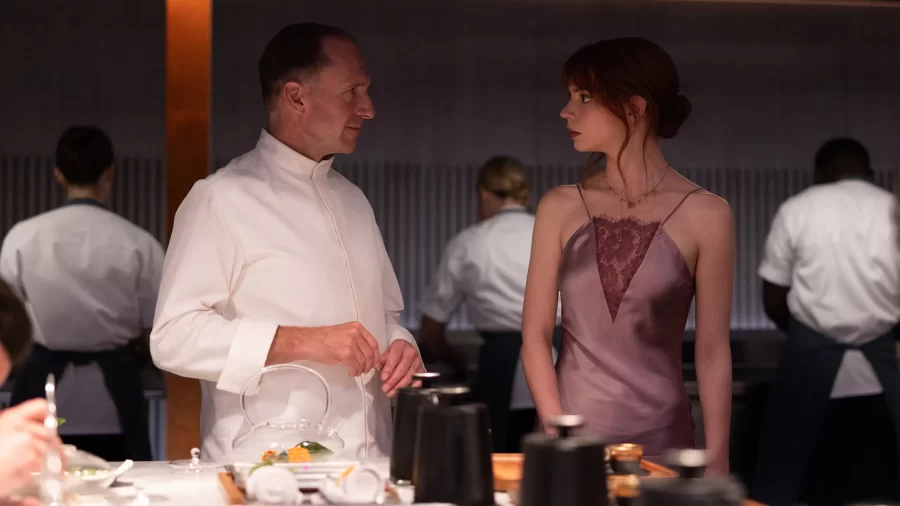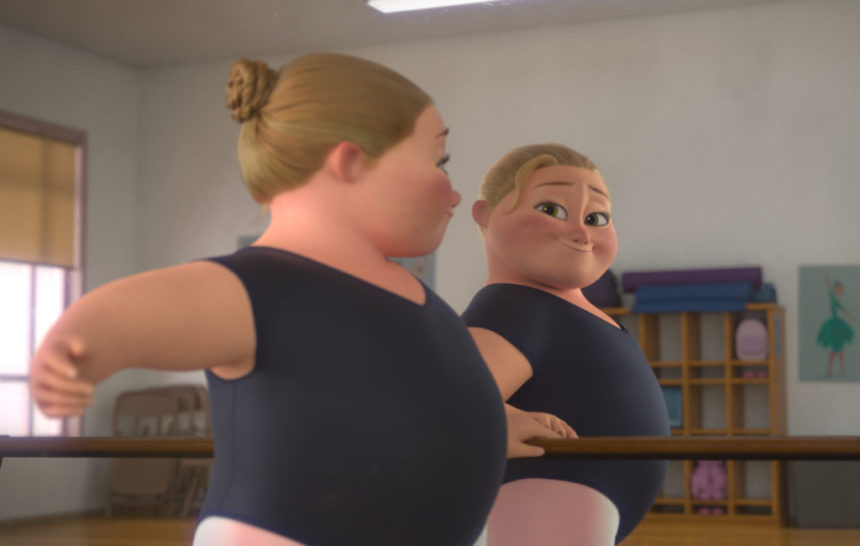This winter, bloodlust is in the box office. With its broodingly dark color palette and haunting landscapes layered in Transylvanian frost, critics have found a grim yet macabre beauty in Robert Eggers’s latest film, “Nosferatu”. Starring as the undead Count Orlok is Bill Skarsgård and the vampire’s muse, Ellen, is played by Lily-Rose Depp. The Gothic production now makes the second reboot of the 1922 original, “Nosferatu: A Symphony of Horror”, a silent German Expressionist film based on Bram Stoker’s 1897 novel. The first adaptation in 1992, “Bram Stoker’s Dracula”, featured Keanu Reeves (trying his absolute best to take on a British accent) and the ever-loved Winona Ryder. Since then, judging by the modern “Nosferatu’s” earnings of $139.82 million, vampiric folklore in cinema still grips audiences by the throat. Yet, in my viewing of both “Dracula” and 2024’s “Nosferatu”, there is a stark contrast between scripts and film styles I found worth sinking my teeth into.
The 18th-century Gothic Romanticism has proved a gripping genre. Tales of eternal love are told amid exorcisms, darkness and supernatural agony. One may consider it the perfect paradox, even. Where morbidity joins romantic fervor.
However, hopeless romantics (such as myself) may be disappointed with the lack of ‘courtly love’ in the scenes of the 2024,“Nosferatu”. The scales are tipped to the Gothic side with this film, which is not to lessen the movie’s worth. I do have a love for plain horror, too. Undoubtedly, the film is emotionally gripping and features stunning cinematography that is most deserving of an Oscar.
From the opening shots, showing a young Ellen haunted by Orlok’s faraway voice, the director, Robert Eggers made it clear that she would be the “driving force” of the film. “This is Ellen’s story. She is a victim not only of the vampire but of nineteenth-century society,” Eggars explained in an interview. Once Orlok gains sight of her locket in her husband’s coat, the madness ensues. From there, the plot spirals into the vampire’s lustful desire for his cursed bride, imprisoning her mortal husband within the castle, and inciting madness in faraway men. He then sets sail to reach Ellen, tainting the ship with a plague. In a race against the demonic creature, Ellen’s husband is joined by Professor Albin von Franz to save her soul.
Yet, I found that the movie portrayed Orlok’s possession of Ellen in a darkly sexual way, his faraway grip causing her to writhe in bed each night. Which, obviously, incited an astonishing performance by Depp, who enacted all the freakish movements without a stunt double. When Ellen is finally reunited with her captor, he gives her an ultimatum: Three nights’ time before she is to sacrifice herself in the marital bed. Yes, to an undead corpse.
After the three nights (in which Orlok incites terror on the supporting characters), Ellen, in bridal white, faces the immortal creature. She gives herself to him, her willing sacrifice breaking the curse and thus ending the misery incited by Orlok’s wrath. The monster dies as the dawn’s light filters in, killing him in true vampire-lore-fashion and Ellen joining him in death.
Truly, the film is a cinematic work of art, and Eggers did a magnificent job making his sets and costumes historically accurate. As with his other works, the director did a deep dive researching the history of vampiric folklore. Most of the scenes were filmed in Prague for its architecture and the shots of the castle were taken on an estate in Romania. Yet, compared to “Dracula,” some aspects of the movie felt missing.
The 1992 “Dracula”, directed by Francis Ford Coppola, encompasses the duality of Gothic love beautifully. It incorporates both romance and horror, holding true to historical detail. In my opinion, it even featured more of the classic ‘vampire’ lore than Nosferatu did. Garlic cloves on bedsides, for example, and emphasis on wooden stakes as weapons (those who know, know).
In the opening scenes, this version gives us the context of Count Dracula’s downfall. Once a ruthless soldier of the Middle Ages, he rebukes God after his bride commits suicide, cursing himself to immortality. Coppola took inspiration from the real historical figure, Vlad the Impaler, which is revealed mid-movie. We are then introduced to Jonathon Harker (Keanu Reeves) and his bethrothed, Mina Murray (Winona Ryder). As the story goes, Harker sets off on a business endeavor to secure real estate documentation from Count Dracula. At the estate, he is met with surprising courtesy from the Count, unlike the terrifying presence of Orlok in “Nosferatu”. In fact, Dracula appears to show human-esque empathy to Harker, even shedding tears over his dead bride. Dracula’s obsession with Mina begins when he sees her photograph on the table.
Yet, instead of inflicting a reign of terror on Mina, he sets out to court her. Disguised as his younger, mortal self, Dracula attempts to win Mina’s love rather than forcing it, as Orlok does. His line, “I have crossed oceans of time to find you,” would work on me, admittedly. It appears to work on Mina, too, falling in love with him even when he takes possession of her best friend, Lucy. Meanwhile, Keanu Reeves, who plays her husband, becomes progressively ignored.
The finale, set in the snowdrifts of the Count’s castle, differs from “Nosferatu” in that the love interest survives. Unlike Ellen’s self-sacrifice, Mina abandons her husband to be with Dracula after he has been stabbed with a stake. Dying, Dracula asks her to grant him ‘eternal peace’ by driving the stake deeper into his body. Mina, heartbroken, ends her love’s misery and salvages her own soul.
Coppola’s movie, even with its quirks—such as the Japanese kimono-like robe that Dracula wears—has long been considered a great adaptation of the original vampire story. However, it does seem to have competition now with Eggers’s “Nosferatu”. I certainly recommend both; for the romantics, Dracula, and for the lovers of brooding horror, 2024’s Nosferatu is stellar.







